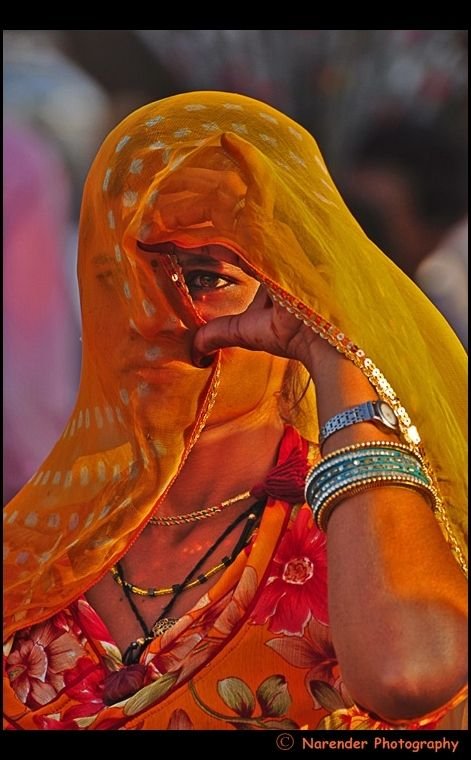POSHAK: PURDAH TRADITION

Purdah System
पर्दे में रहने दो, पर्दा न उठाओ ।
The Impression of secular India has come under study from numerous ends. Despite In 1975, secularism discovered its way into the Constitution’s pages, the knowledge that exists in India has been quite unambiguous. The influences put forth by right-wingers mainly surround the past emperors’ misconducts to rationalize the events of today.

In order to achieve their separation from public meetings and positions, a Purdah Tradition is considered in Persia that allows women to cover their faces and bodies. During the Middle Ages in the 7th century AD, this pattern was adopted by Muslim sects who occupied India. After the Mughal rule, it is believed that the practice spread to Hinduism.

The Rajputs were among the most dominant groups to bring this isometric of Purdah to the Indian mainland during the defeats. Such an idea is also witnessed in the tale of Queen Padmavati. Replication of the customs and rituals of Muslims in Indian aristocracies by ordinary citizens is due to some factors. Firstly, because the ruling elite and nobles practiced it devotedly, it was carefully a sign of honor. Secondly, the dread of attack and the sensual laxity and resentment by the Muslim Kingdom and aristocracy of the sultanate. Elite women wore the covering as the symbol of respectability and raised status in the ancient Mesopotamians and in the Greek and Persian Empires.

“Ghoonghat” is a local variant of Purdah in India. During the days of British rule, there have been special necessities for Pardanashin women in the laws of evidence and civil procedure, irrespective of their religion. The Northern ruler of India extensively adopted this practice for fear of women being captured by attackers, an age-long practice of reducing women to prize trophies. When this practice came into interaction with Hindu culture’s rural areas, it was interpreted as Laaj. The newly married bride was to cover her head with the Pallu or Dupatta in front of her husband or in-laws. Women’s privacy was so strongly related to the “Ghoonghat” that the honor of the families and the feminine code of diffidence were upheld and tied to it. In Hindus, the concept of “Ghoonghat” is initiated after Marriage, whereas the practice of Purdah amongst Muslims is shadowed when a girl grasps puberty. There is no rapid swing from Purdah to No-Purdah regions.

For eternity women are carrying “Purdah”, “Burkha” and “Ghoonghat” etc., and the men out there are just thinking is her dignity to shelter herself. And nowadays, every single flash I hear a man screaming- “I Can’t breathe in this mask.”


